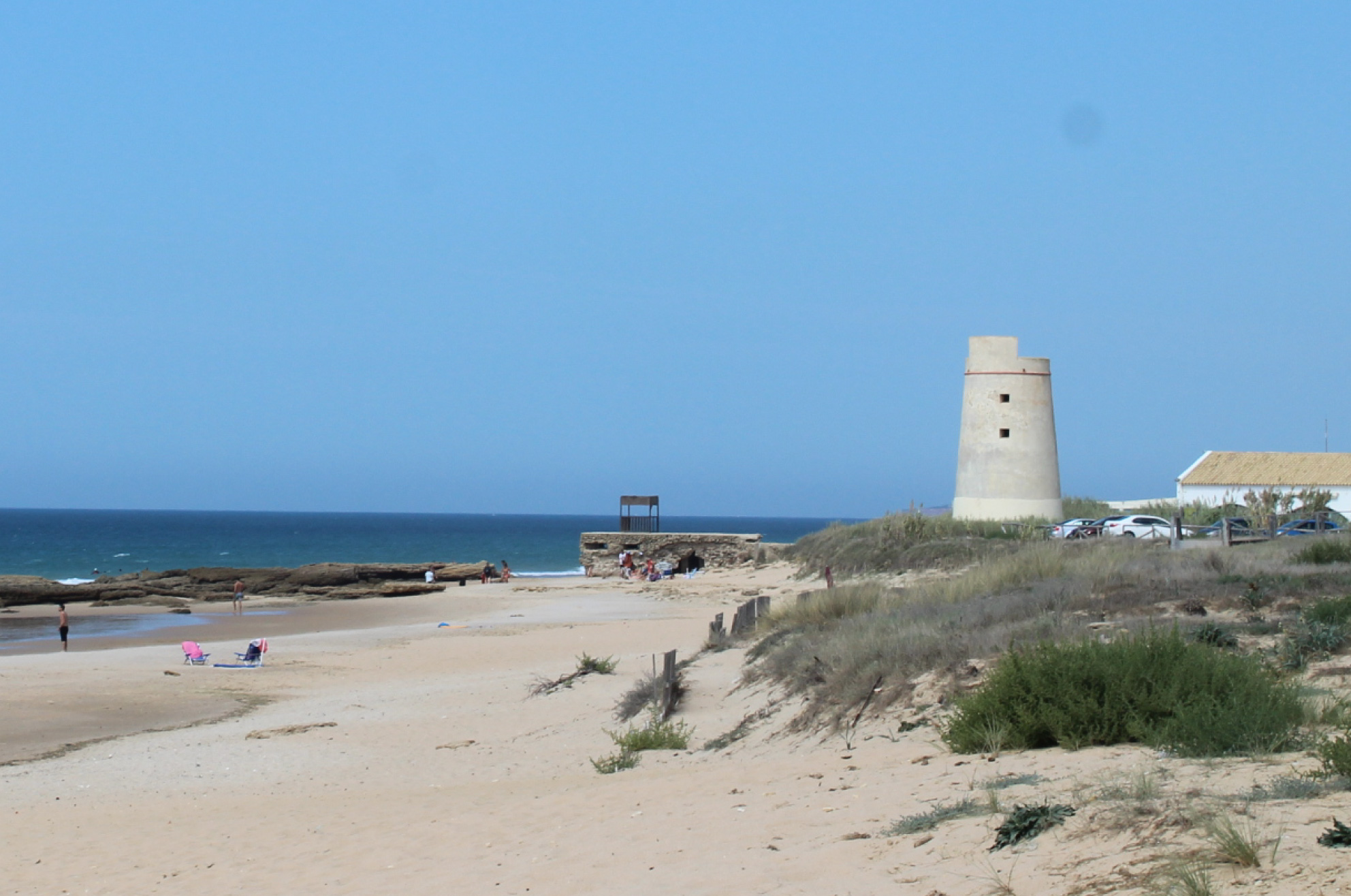The walled enclosure
The walled enclosure dates back to the 15th century and has an irregular layout as a result of its adaptation to the local topography, enclosing an area of just over 4 hectares.
The circumference of the wall is 2 kilometers and its thickness ranges from 1.5 to 2 meters, which increases considerably as it approaches the city’s access gates, which are preserved in their original state: Arco de la SEGUR, Arco de la VILLA, Arco de SANCHO IV, and Arco de PUERTA CERRADA.
We also highlight two towers: Torre de la Corredera (facing Medina Sidonia) and Torre del Mayorazgo (facing the coast of Barbate).
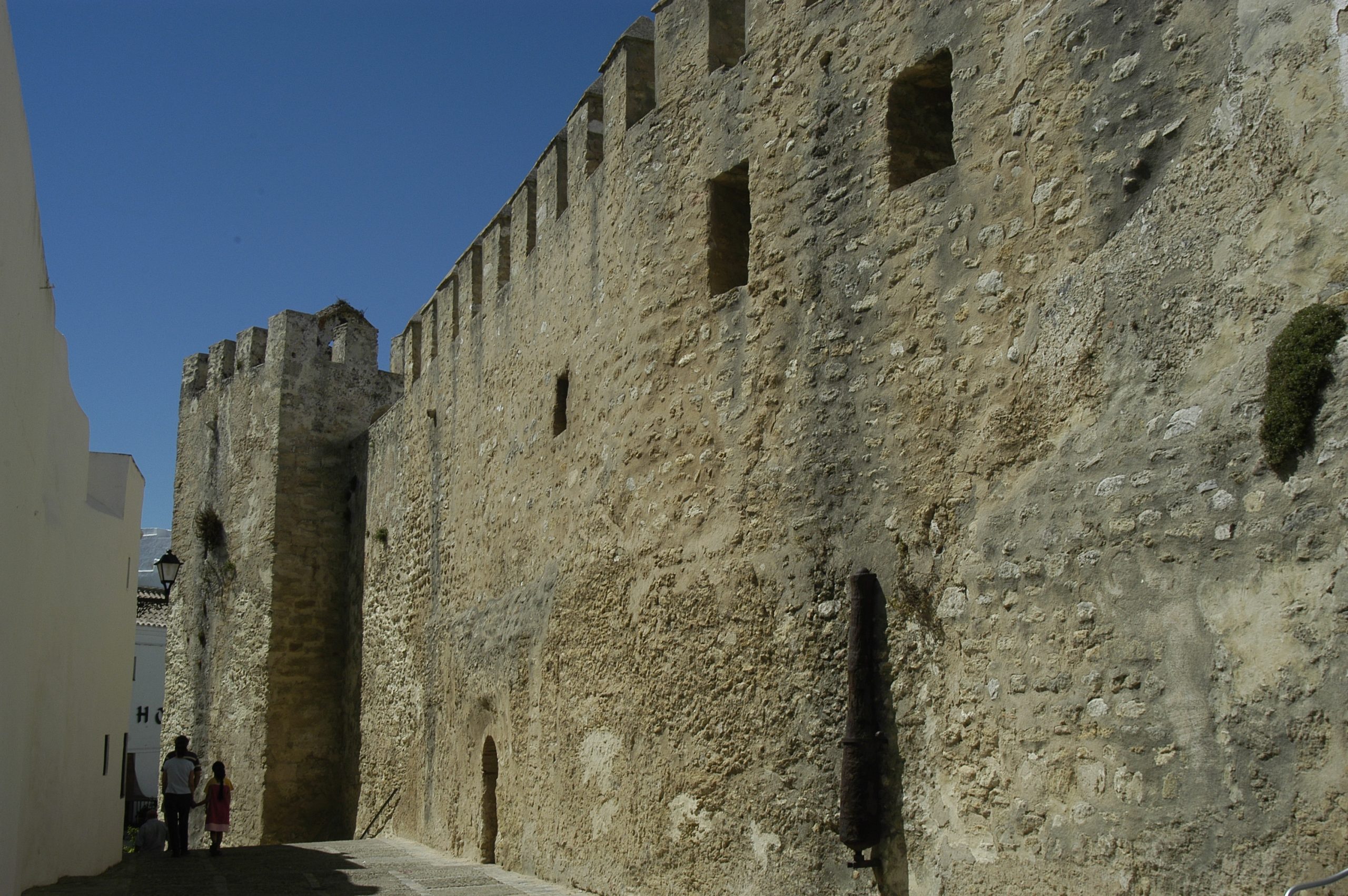
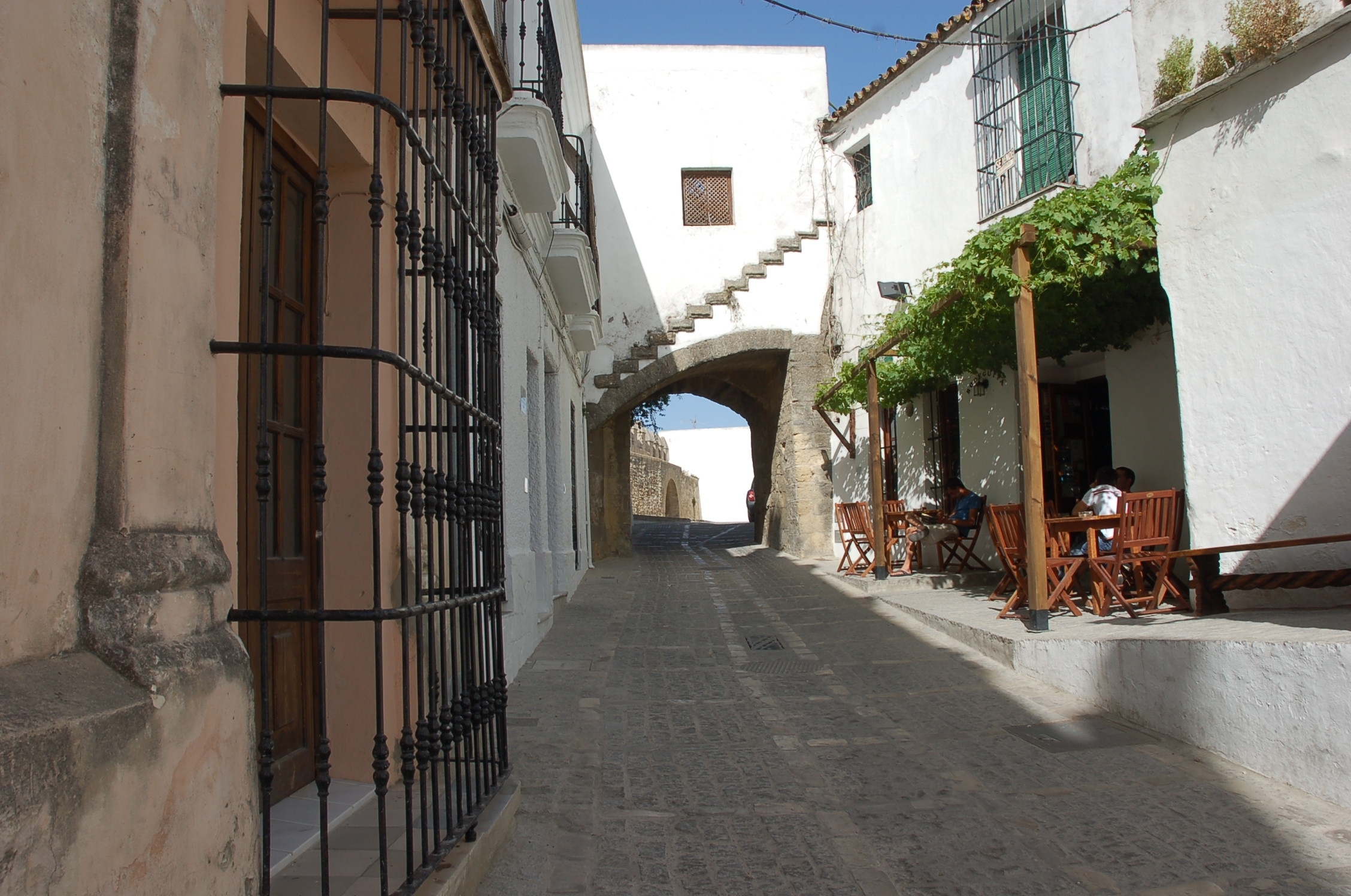
Arco de la Segur
Located on the west side, it was built at the end of the 15th century, during the reign of the Catholic Monarchs.
It is a semicircular arch framed by a molding, of which only a part is preserved. Its name comes from the marble relief visible on the inner side, resembling an “Axe or Segur,” symbolizing the judicial power of Rome.
Arco de la Villa
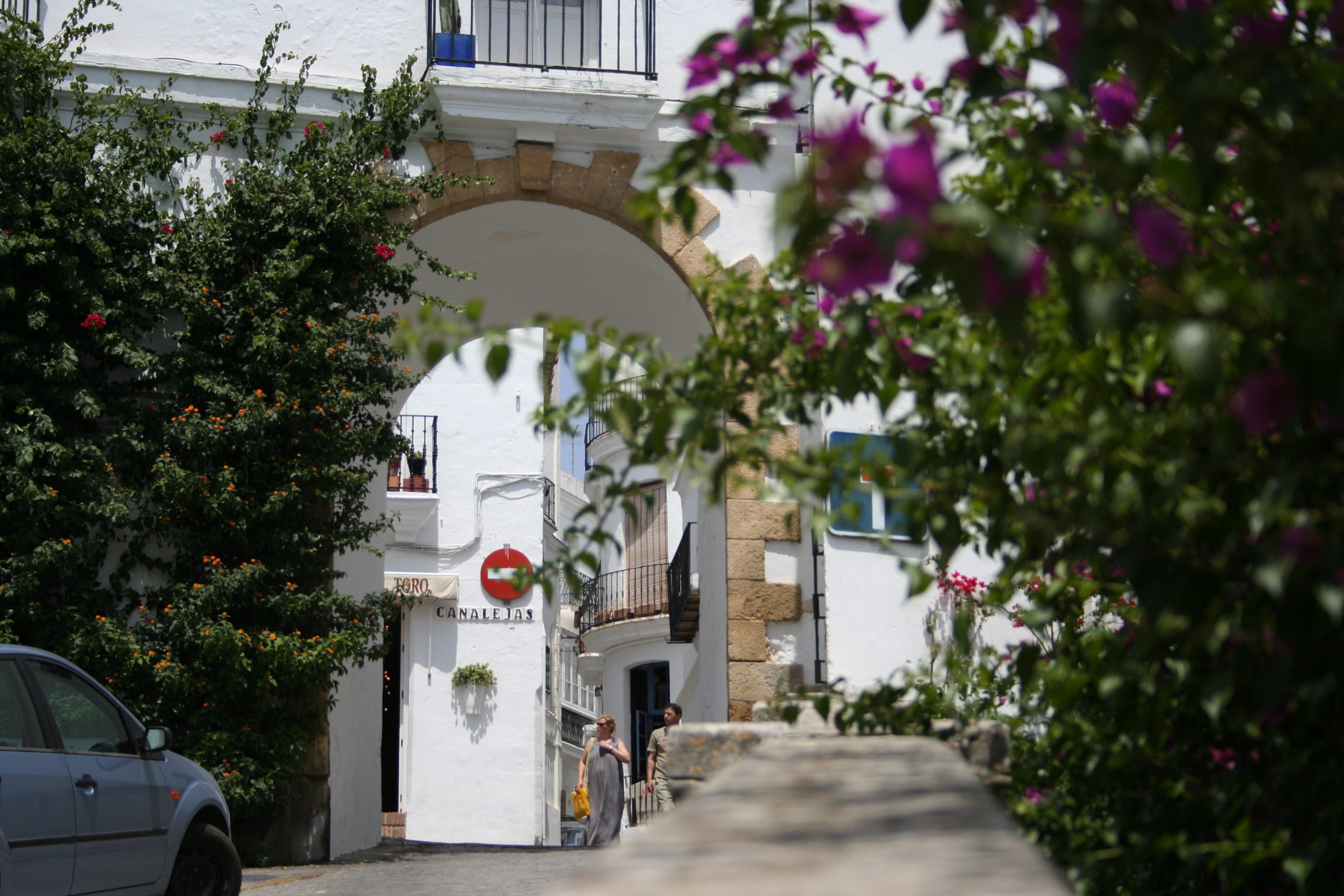
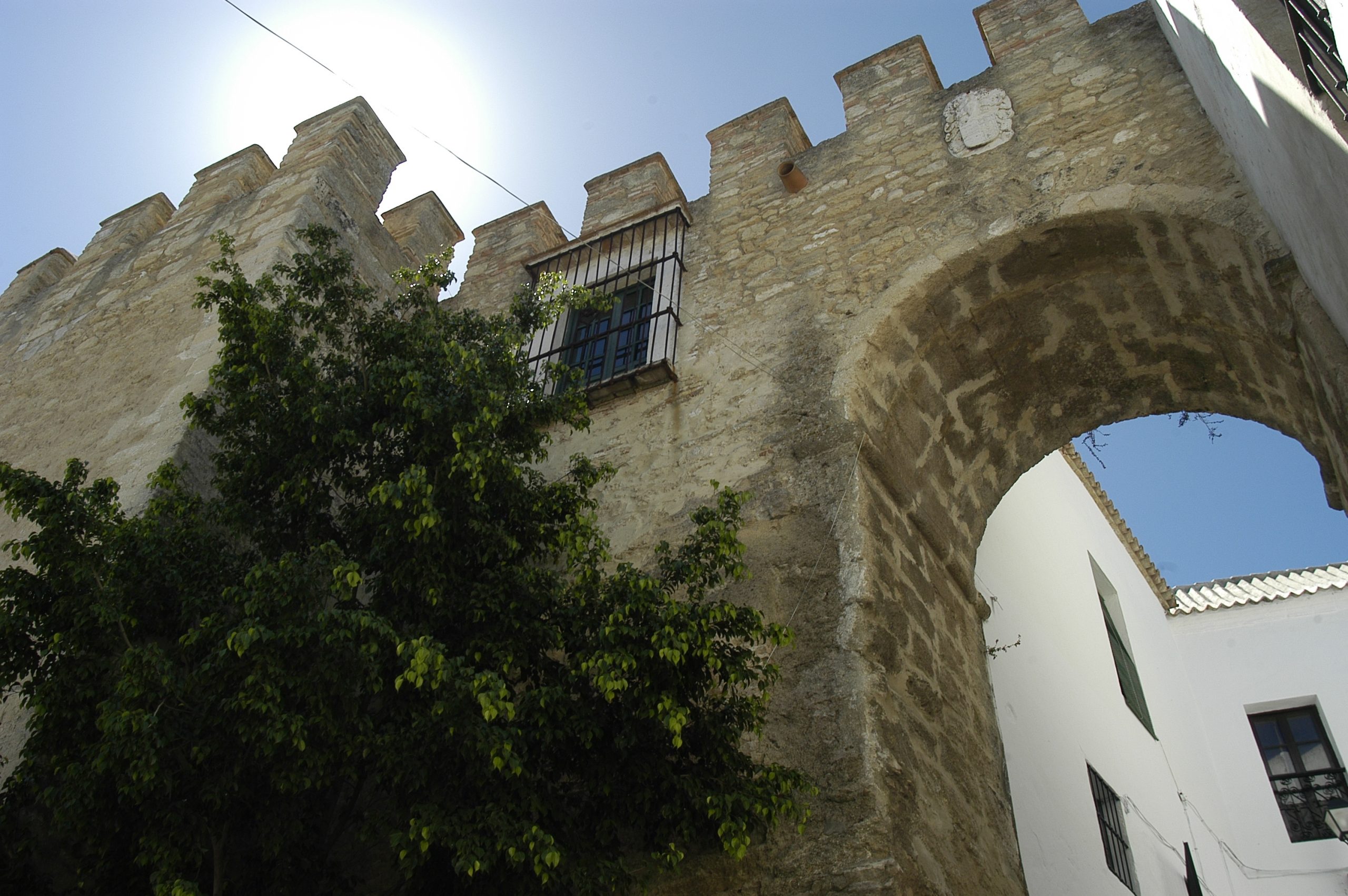
Arco de Sancho IV
Located on the northern flank of the walled enclosure, facing Medina Sidonia.
It is a semicircular arch with a molded impost, through which the thickness of the wall can be observed. Just above the arch, there is a Baroque noble coat of arms. In this gate, the ground has been lowered by almost two meters to overcome the slope of Corredera Street, exposing the foundations on the bedrock.
Torre de la Corredera
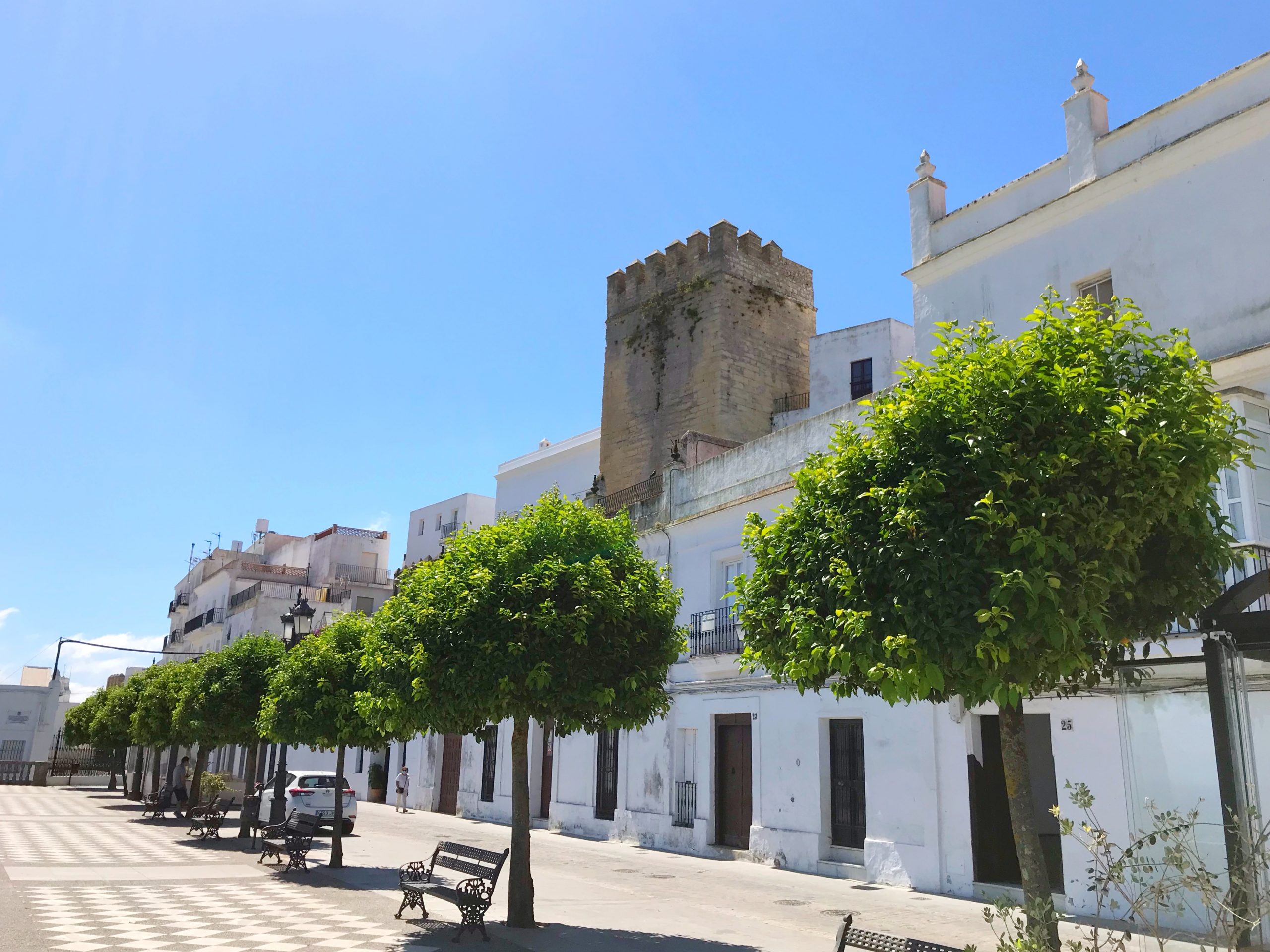
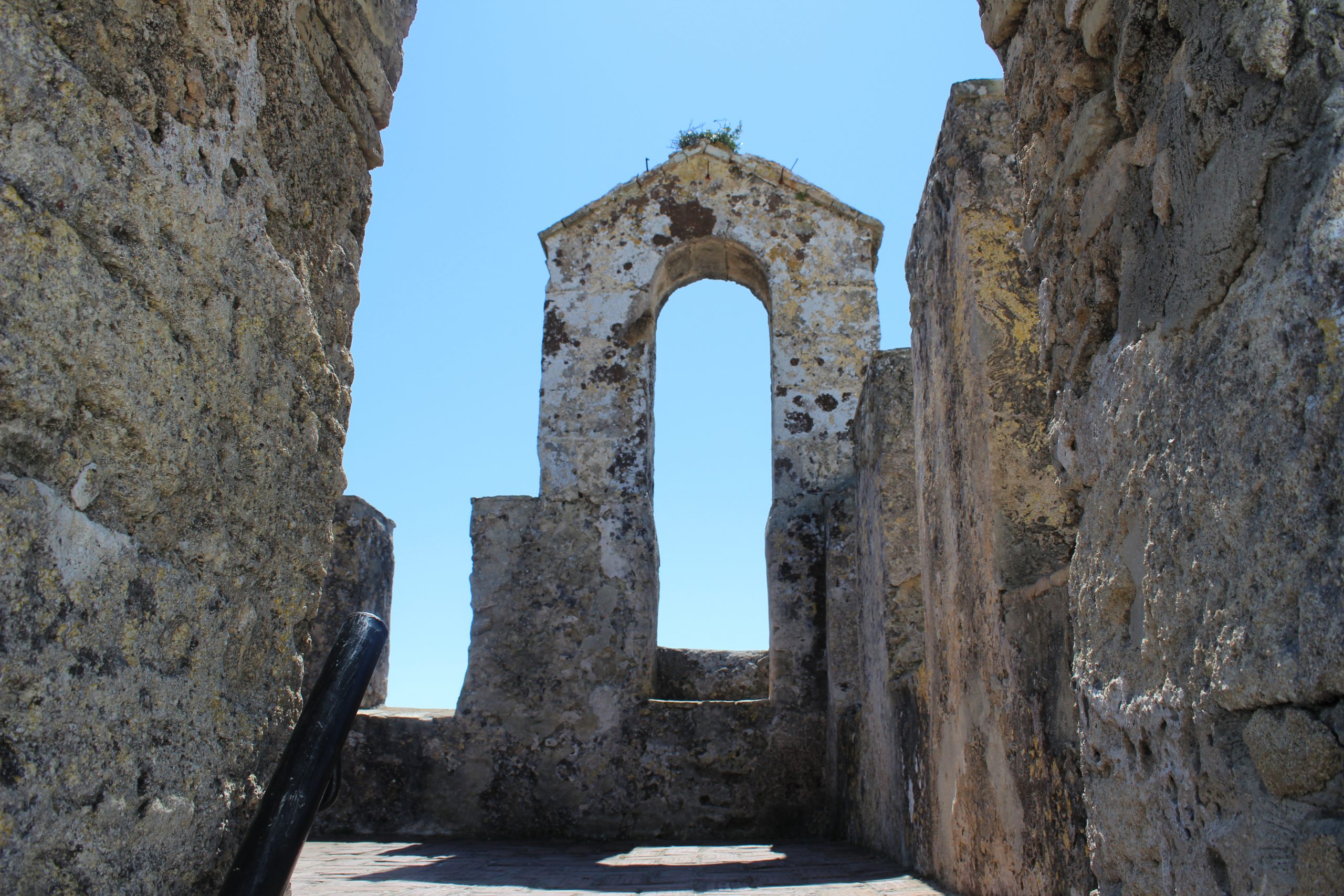
Torre del Mayorazgo
Also known as Torre del Homenaje.
In it, we can see the remains of a belfry that belonged to the now-lost chapel of the Casa del Mayorazgo, as this house is attached to the wall and the tower.
From the tower, we can enjoy spectacular views of the mouth of the Barbate River, the coast of Zahara de los Atunes, and part of the Breña and Marismas de Barbate Natural Park. Its primary mission was the surveillance of the town.
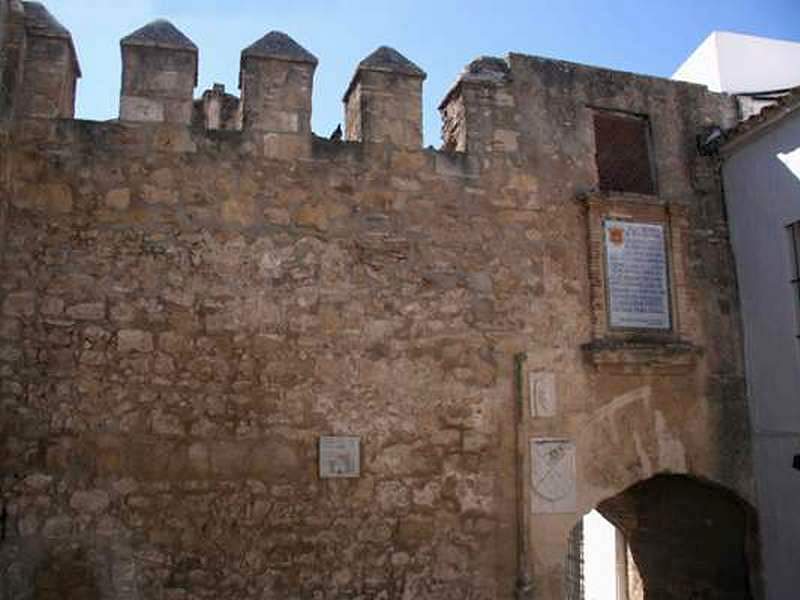
Baluarte de la Segur
The walled enclosure of Vejer has its most accessible point through the western gate. This was the main gate known in the 15th century as Puerta de la Villa, which was used for the passage of troops, merchandise, livestock, and agricultural products. It was the gate to Cádiz and Gibraltar. For this reason, and due to its easy access, it was decided to build a bastion with an inner enclosure with a double gate for defensive purposes, to prevent any intrusion. This smaller enclosure was also used to prevent the entry of contagious patients or to control the import of taxed goods and other supplies.
Rescue works, restoration of battlements, and repairs of the walls were carried out in 1977, and internal rehabilitation took place in the 1990s.
The surface of the old bastion is currently shared between public spaces and private property.
Iglesia Parroquial del Divino Salvador
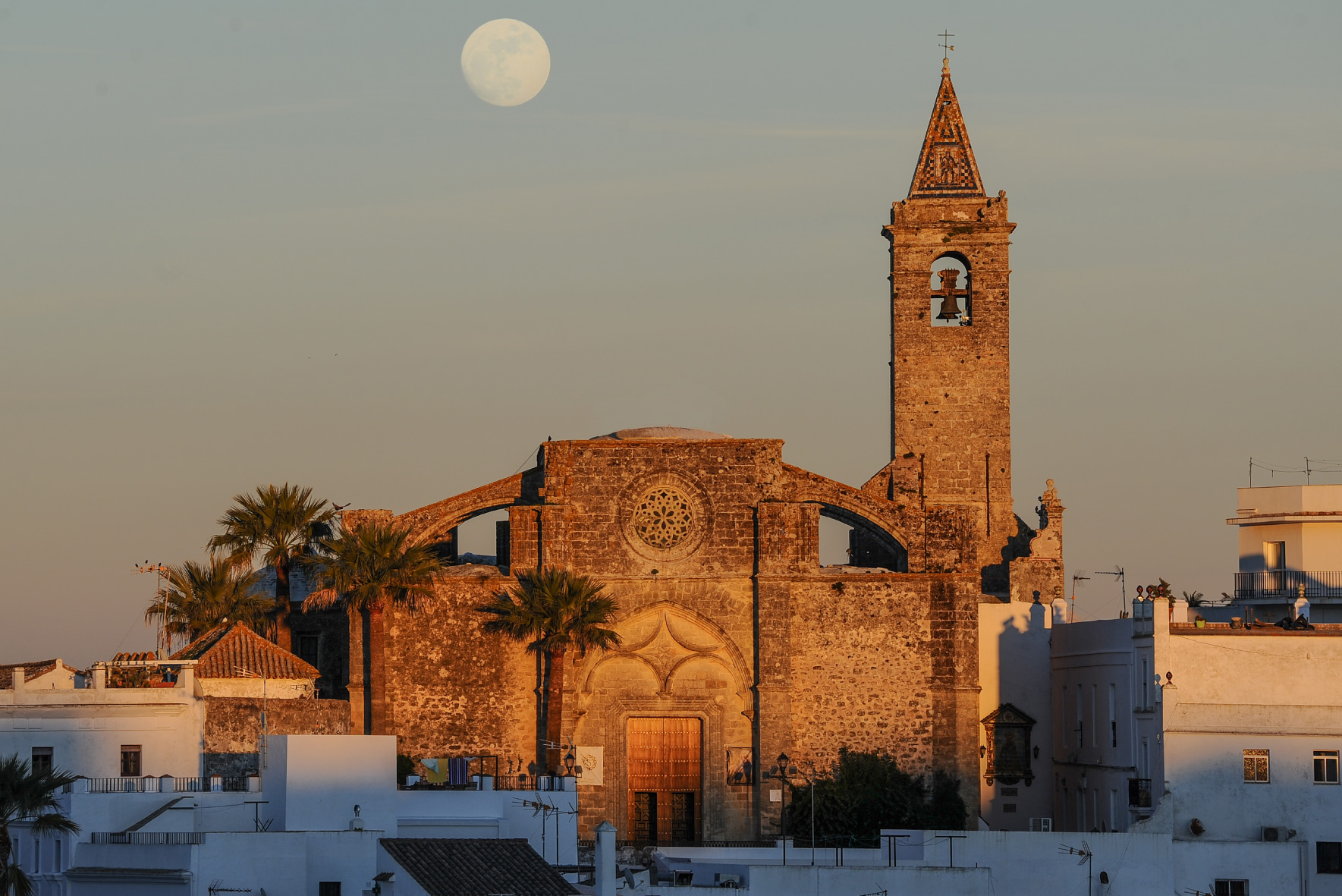
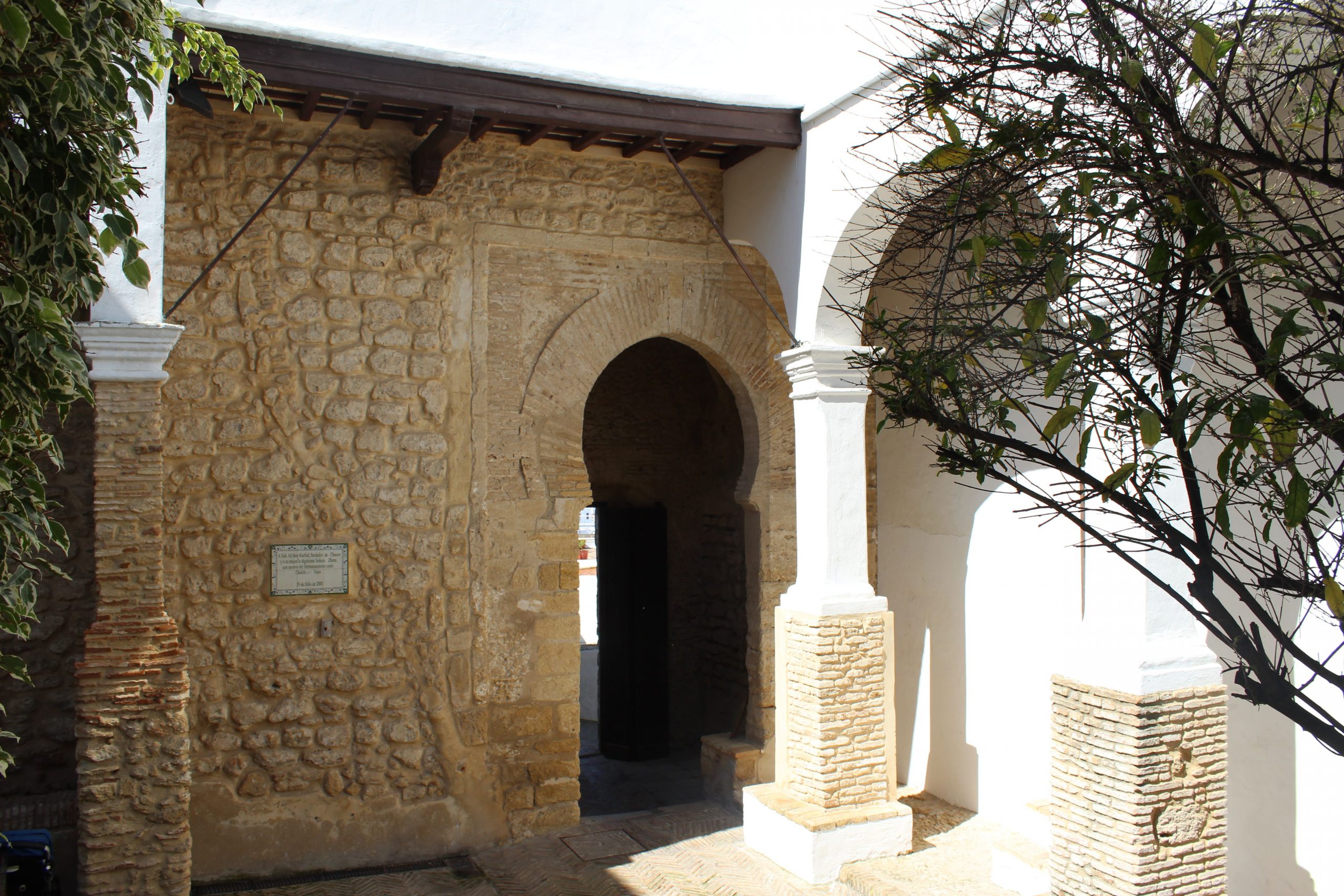
Castle
Dating from the 10th and 11th centuries, during the time of Abderramán I and his successors, it is located in the highest part, possibly the oldest inhabited area of Vejer, built on the base of an earlier structure from the Arab period.
It consists of two courtyards: the main courtyard where the ancient cistern is located, which collected rainwater through a channel. The castle’s floor is shaped like a fishbone to prevent animals in the stables from slipping. From the parade ground, you can see the battlements, access them, and enjoy beautiful views of the entire town. In this courtyard is the private residence transformed by Pedro Muñoz de Arenillas in the second half of the 19th century, which was compared to the Marqués de Martorell.
In the 14th century, it was the residence of the Dukes of Medina Sidonia, the lords of Vejer. It is classified as one of the “minor castles” for having only one entrance and exit gate placed at the most accessible and easily defensible point. The horseshoe-shaped gate framed in an alfiz is the most prized vestige of Arab origin that still exists.
Inside the castle, there is a plaque commemorating the twinning of Vejer and Chef-Chauen. Both cities are closely linked by historical and cultural reasons.
Visiting Hours:
Saturdays: 11:00 AM to 2:00 PM and 4:30 PM to 7:00 PM
Sundays: 11:00 AM to 2:00 PM
Telephone number Culture Delegation: +34 956 450 800
Telephone number responsible for Eden Scout Group 309: +34 665 440 640
Convento de las Monjas Concepcionistas
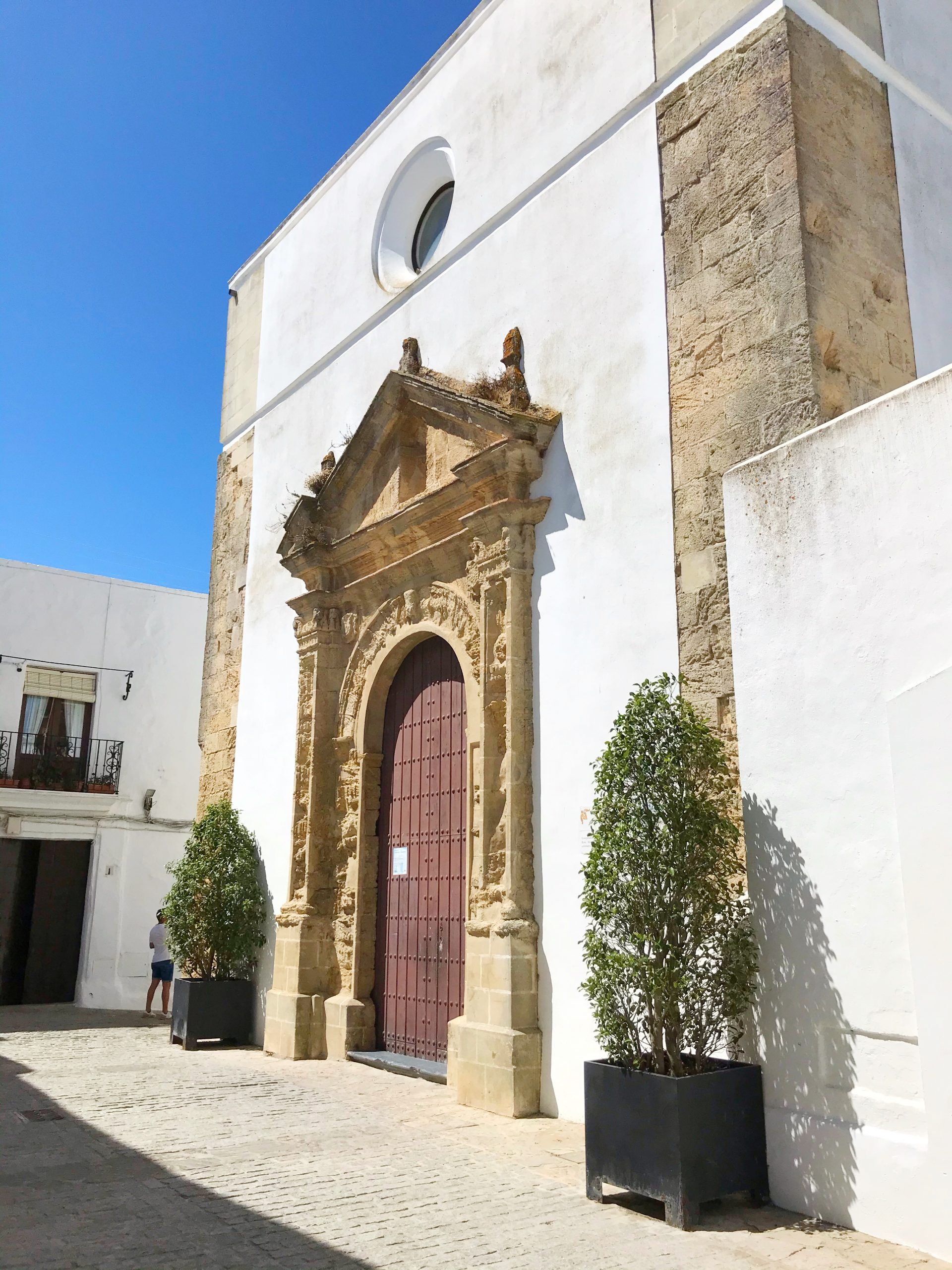
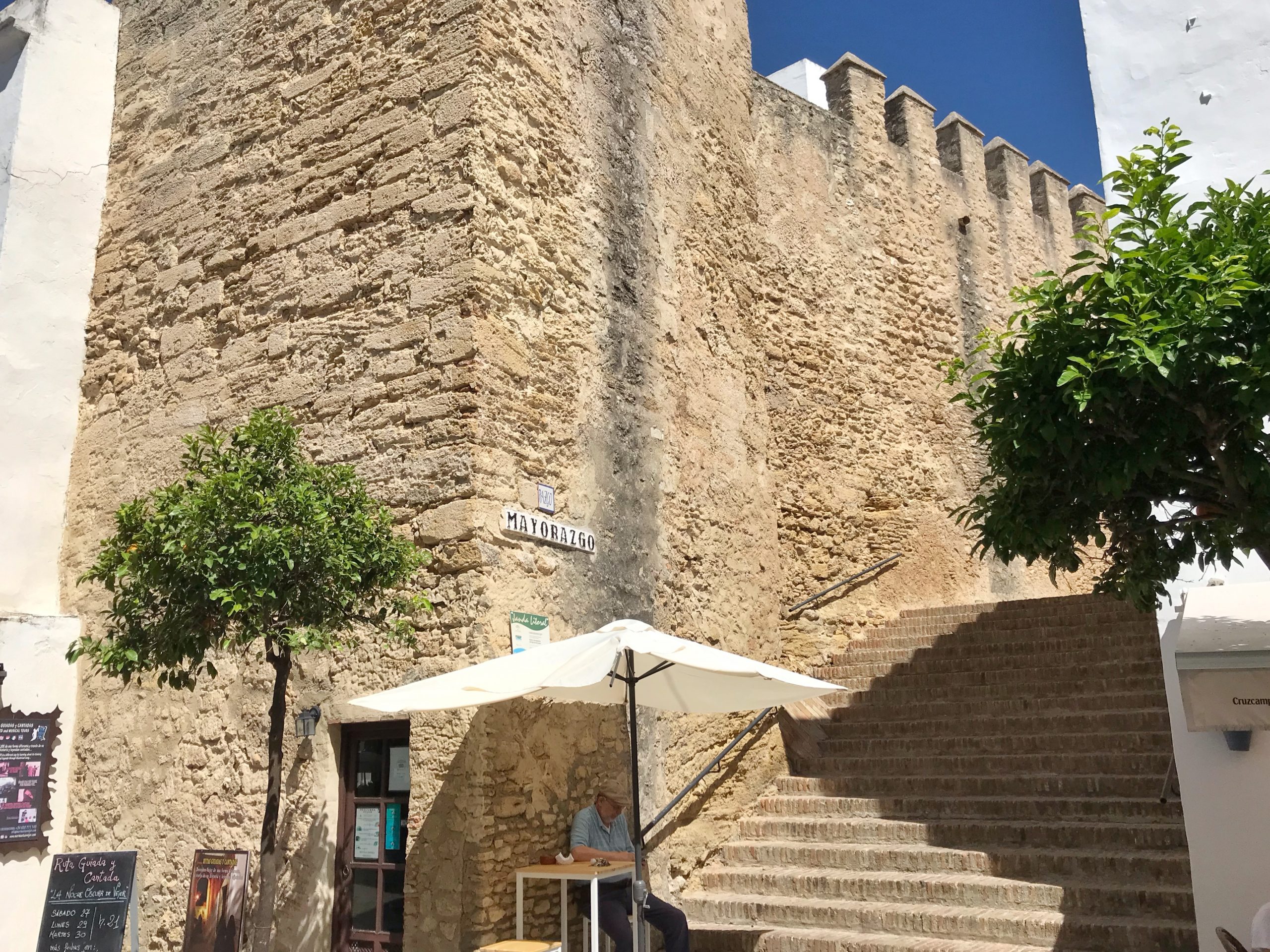
Casa del Mayorazgo
Baroque-style manor house dating from the 18th century. Its interior consists of two courtyards, through which it communicates with the Tower of the Mayorazgo and a section of the wall.
As it is currently a house where several families live, it can be visited at appropriate hours to avoid disturbing them, always asking for permission. They do not charge an entrance fee, but you can leave a tip in the mailbox installed in the main courtyard to contribute to the maintenance of the courtyards and the Tower.
Palacio del Marqués de Tamaron (Museo de Vejer)
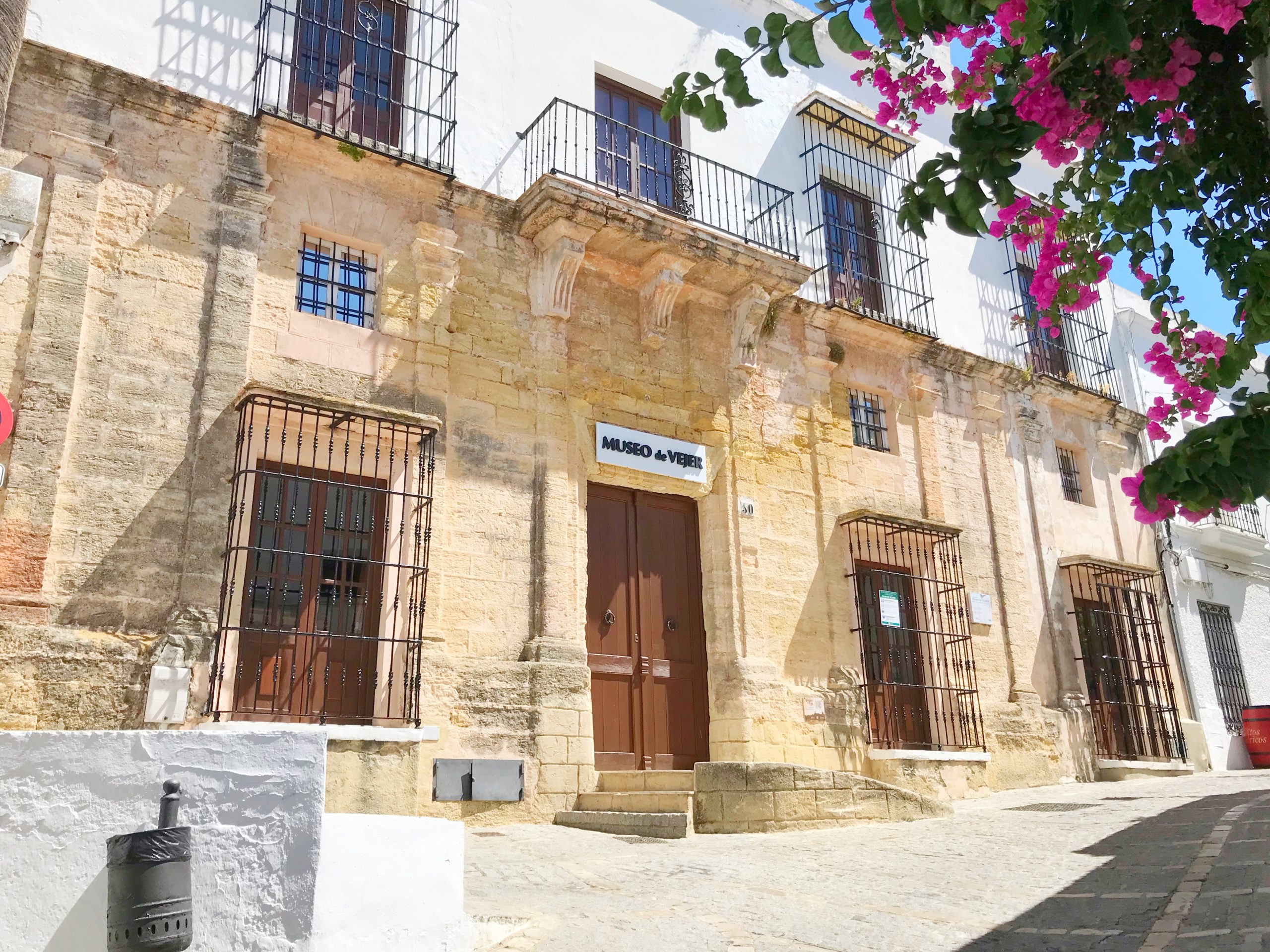
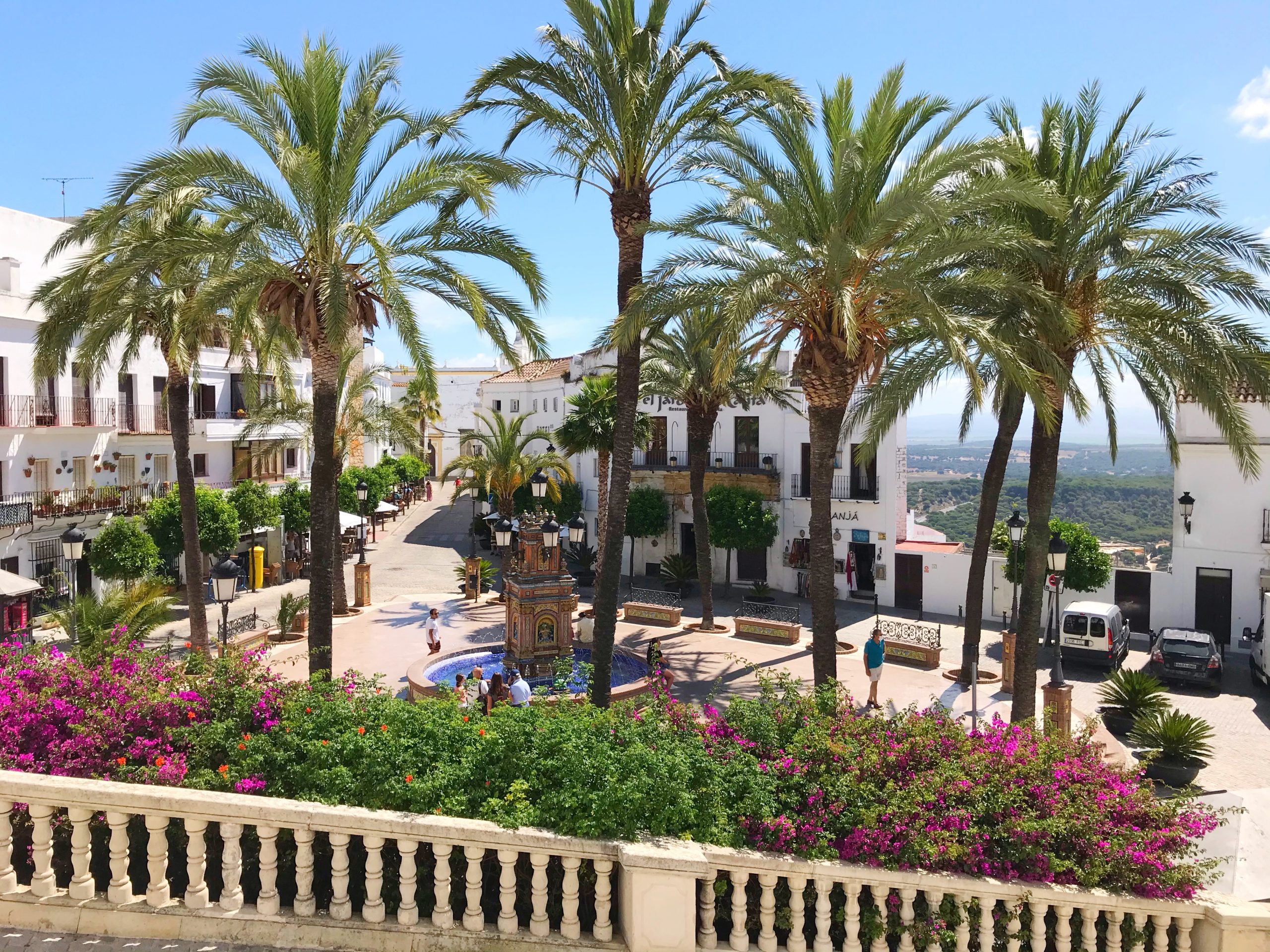
Plaza España
It has its origins in the 16th century when the city expanded beyond the walled enclosure. During the 16th and 17th centuries, it was a venue for various bullfighting events initiated by the nobles and knights of Vejer.
In 1955, a fountain was built in the center of the square made of Sevillian tiles, and since then, it has been popularly known as the Plaza de los Pescaítos (Square of the Little Fish). The Town Hall stands in this square.
Molinos de Viento
Nothing identifies Vejer more than the silhouette of a windmill. In the 16th century, the flour mills in Vejer were all water mills, among which those owned by the Duke of Medina Sidonia in the rural district of Santa Lucía stood out.
It was with the advent of the liberal regime in the 19th century when the first windmills were built in the urban nucleus of Vejer. However, the strong east winds in the area made their implementation impossible. The so-called “Cartagena style” windmills were then installed, with a sturdier body than the Manchegan ones, which could better withstand the strong gusts of wind.
In the 1860s, five windmills were built in the San Miguel district, of which three have been preserved and restored. Currently, you can visit (by appointment) the interior of the San Francisco Mill, where you can see the pieces of its antique machinery.
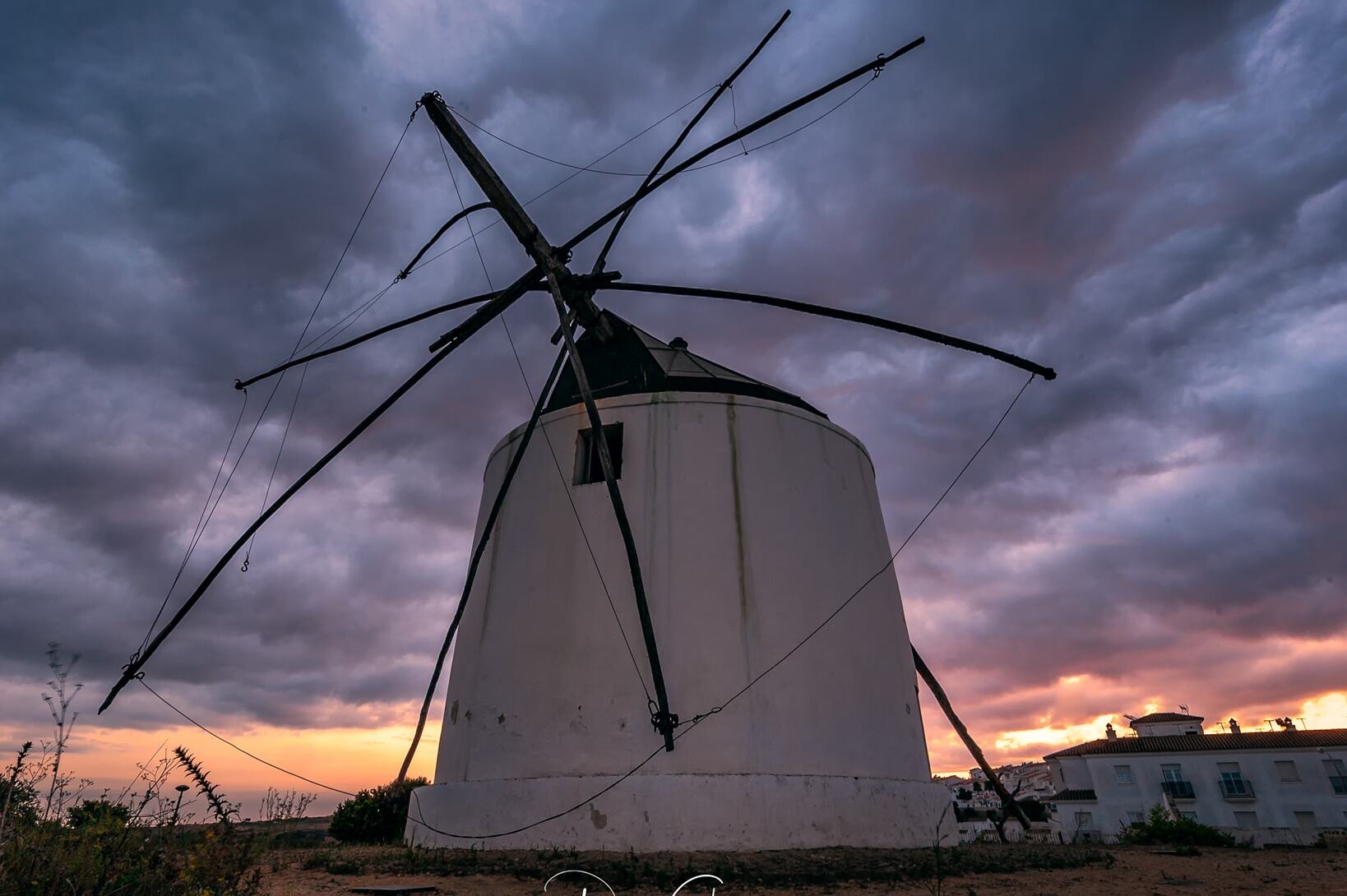
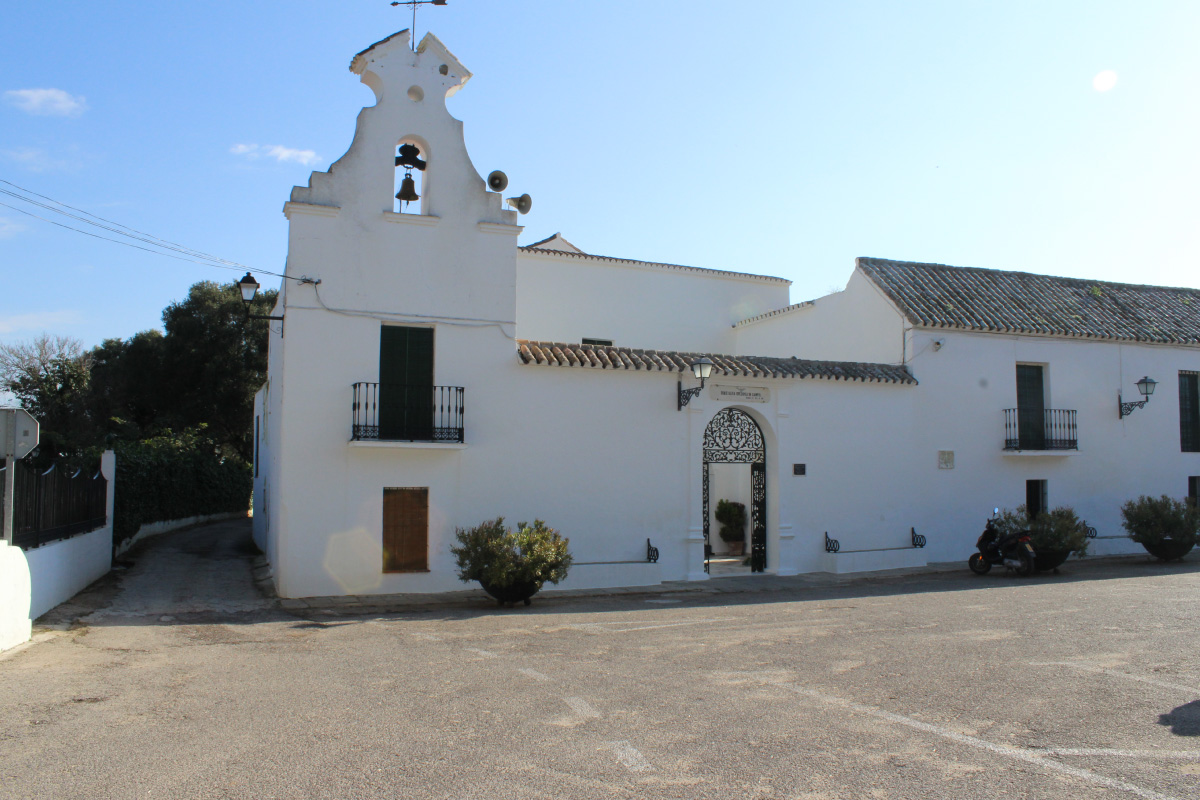
Santuario de la Virgen de la Oliva
Located on the Vejer-Barbate road, 5 km from Vejer. This place was once a Roman villa, and later in the Visigothic era (7th century AD), a Visigothic basilica was built here, exactly in the year 674. Therefore, the Hermitage of La Oliva is built on the site of this basilica, according to epigraphic sources. Inside, there is a funerary monument with a pagan inscription containing bone remains and ashes of the proto-martyr Stephen, and the saints martyrs from Cádiz, Servando and Germán, and from Seville, Justa and Rufina.
The carving of the Virgin of La Oliva was made by the Sevillian sculptor Martín Alonso de Mesa in 1596. It is made of Segura pine (a wood commonly used during this period), gilded and polychromed. She holds the child on her left side, while in her arm, she holds an olive branch, returning to the oldest tradition. The tunic is also gathered on the same side with simple folds, which fall heavily and tend to widen the figure downwards, so that the feet are briefly visible.
This place becomes a must-visit for all pilgrims on May 7th, when a pilgrimage is held to commemorate the Virgin of La Oliva as the Patroness of Vejer.
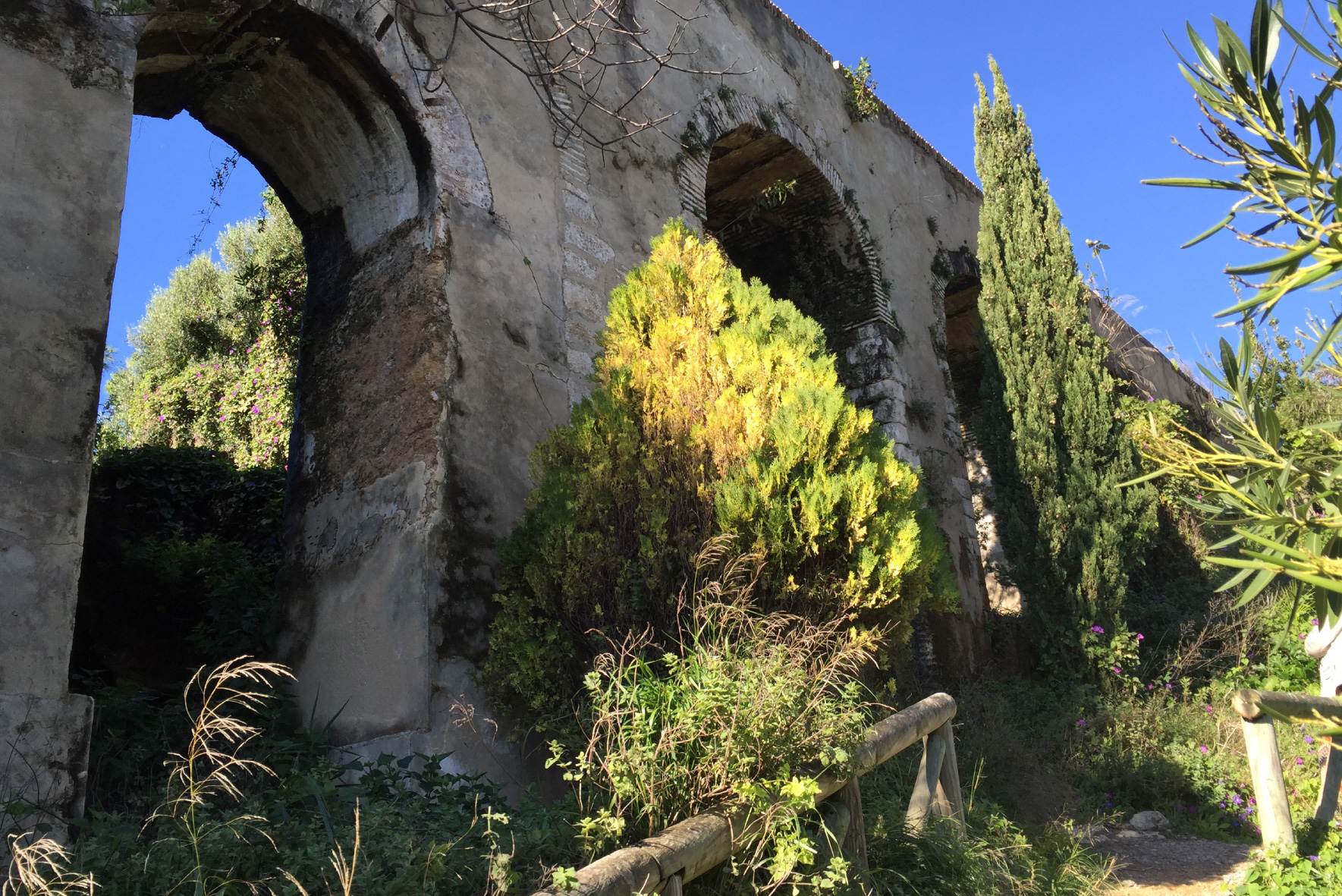
Acueducto de Santa Lucía
It is a water conveyance system from the 16th century, possibly built reusing materials from an older, even more ancient system, becoming one of its most emblematic symbols. Next to it, there are seven 16th-century water mills used to grind wheat and obtain flour, of which we still conserve some pieces today, such as channels, vaults, remnants of the buckets, and some millstones. During this century, these mills were owned by the Dukes of Medina Sidonia, who collected rent for their use.
In the early 20th century, the Count of Villariezo inherited Santa Lucia from the ducal house and created an electrical company that supplied electricity and water to the population of Vejer, making it one of the first cities to have such services in private homes. Today, this company belongs to the Sevillana company.
The Rural Nucleus of Santa Lucía is declared a Natural Monument for the richness of its landscape. Santa Lucia boasts lush vegetation due to the richness of the soil and the abundance of water, as it is located on the slope of the Meseta de la Muela.
Torrenueva, Palmar Beach
This tower has become the hallmark of El Palmar Beach, located just 10 km from the urban center of Vejer. Its function was coastal surveillance. This type of towers was widely used during the 17th and 18th centuries, placed along the entire coast of Cadiz, characterizing the surveillance as piracy and bandit invasions were highly probable.
It communicated with other towers through smoke signals during the day and fire signals at night.
